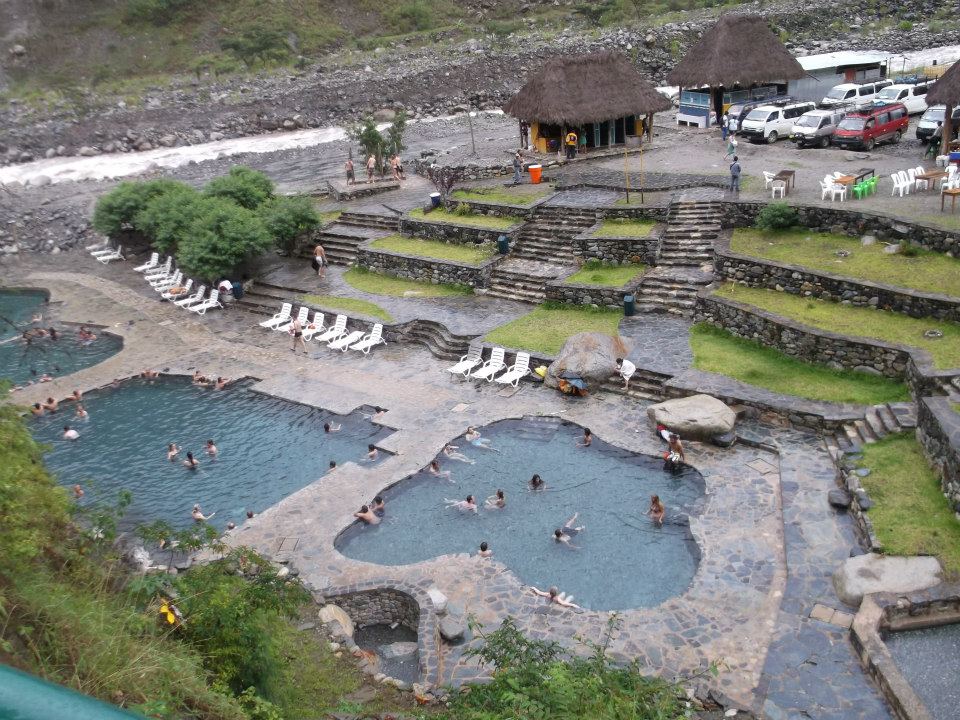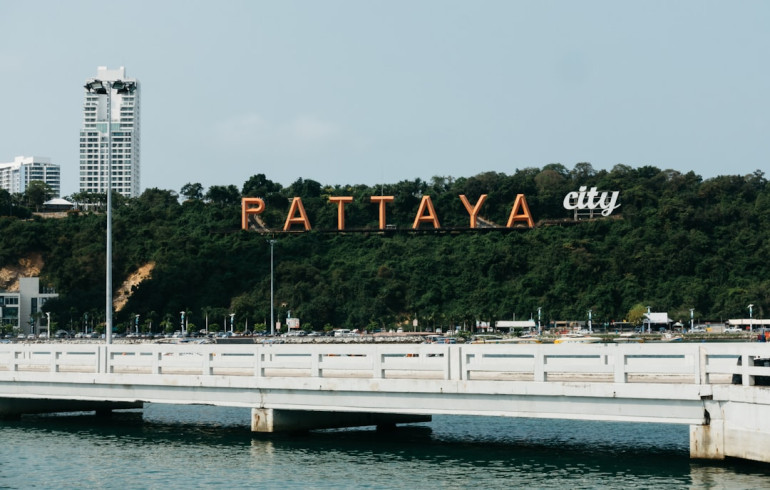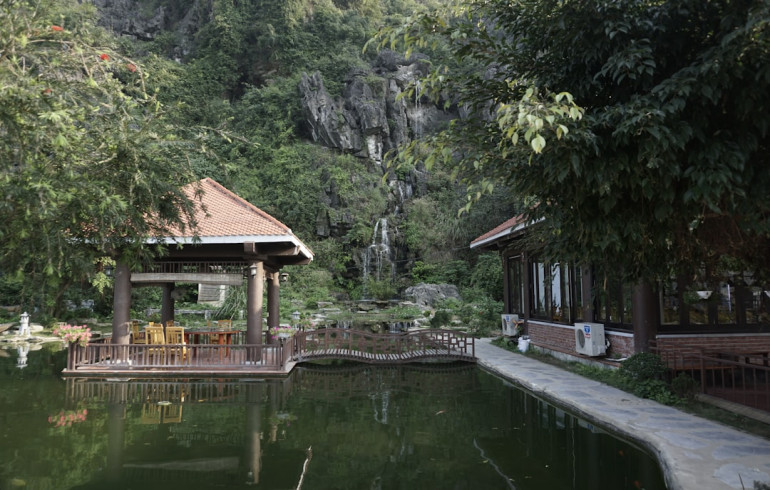5 of the Most Captivating Ancient Civilisations & their Ruins

There has always been something enthralling about the past and its secrets; the ways in which ancient civilisations lived their lives. Perhaps part of the reason many of us find history and its occupants so fascinating is that it was so utterly and completely different from the way we live now. So much so that it is often difficult to imagine a world so polar to our own; people and traditions so disparate from ours. Thankfully, the mystical forms of ancient civilisation remnants across the globe, bring us that one breadth closer to the thousands of unknown who lived before us. We flock to ancient ruins in order to recapture and reimagine these lost ways of living; and to take a glimpse at what life probably was like way back when.
- 1. Machu Picchu, Peru
In the Cusco region of Peru, 2,340 metres above sea level, the 15th century Inca citadel sits snugly in the jagged embrace of the mountains surrounding it. It is a familiar ruin today but it hasn’t always been. After the Incas abandoned their settlement during the time of the Spanish Conquest, it remained hidden and shrouded from public knowledge until 1911 when the American explorer Hiram Bingham made real the rumour and brought it to international attention. Despite the numbers of tourists that visit, there is still something majestic and mystical about the ruins - perched on a mountain ridge; swathed in ribbons of cloud; the curling body of a river stretching far below. Though it is still debated, there is consensus among archaeologists that it was once a royal estate, most likely constructed by the great Inca ruler Pachacutec. Machu Picchu is made up of more than 150 buildings, ranging from bath houses to temples. A number of fragments of the grand residence remain, including the Temple of the Sun and the Room of the Three Windows.
Fact: The Incas were incredible masons. The stones used to build Machu Picchu were cut so perfectly that the blade of a knife cannot fit between them. Furthermore, during earthquakes the stones were designed so that they would simply ‘dance’ and then fall back into place.
- 2. Angkor Wat, Cambodia
The largest religious monument in the world, Angkor Wat, consists of a sprawling complex of Hindu and Buddhist temples dating back to the time of the Khmer Rouge. The ruins occupy 162.6 hectares of land in Cambodia and there are a colossal number of more than 1,000 temples in the complex; needless to say it is near impossible to explore the entire site in one day. (Not even with the help of an electric scooter.) Some of the temples are remarkably well-preserved and can be scaled in all their glory to views of the enveloping jungle. Others have been more pliable towards the forests stretching tendrils; the ‘Indiana Jones’ ruins iconic in the notoriety of the historical spot today. The spectacular architecture and monumental spread of the Angkor ruins ensure that it remains a big tourist draw for Cambodia.
- 3. Egypt
It would be facical not to include the Egyptian ruins in any list of the most captivating ancient civilisations in the world. Indeed, the ancient Egyptian civilisation is perhaps the most famed, and deservingly so; as well as a civilisation of unbelievable progress and advancement, the Egyptians left perhaps the greatest and certainly most perplexing ruins that we have access to today. The intricate and mathematically perfect Pyramids of Giza, the various sand-blanketed temples and tombs, and the towering Sphinx, have contrived to build a web of riddles and questions surrounding ancient Egypt. Namely, just how the ancient Egyptian civilisation managed to build such spectacular constructions. As with many of these revered sites, the surrounding nature serves only to enhance the esoteric quality of the ruins. The encompassing stretches of the dusty desert, the Nile, and the exceptionally lush delta, add to the magic that is Ancient Egypt.
Fact: Egyptian men were regularly given time off work to take care of women that were experiencing their menstrual cycle or going through pregnancy.
- 4. Hampi, India
Lesser known as a place of historical intrigue, but with a grandeur quite of its own, Hampi, in the Indian state of Karnataka, boasts a scattering of ruins and temples dating back from the Hindu Vijayanagara Empire in the 15th century. The inhabitants of Hampi live in and amongst the ruins of this ancient village, giving the whole place a tangible sense rarely found in the sites of bygone civilisations. The fact that much of the old village remains standing means there is plenty to explore in ancient Hampi. The towering Virupaksha temple overlooks the remains of what was once the village marketplace; the grand domed structure of the elephant stables points to a time when royals owned state elephants; the Matanga hill temple boasts beautiful views of the town and its family of monkeys; best seen at sunrise or sunset.
- 5. Ancient Rome, Italy
There are countless captivating ancient civilisations, and as with any thing of greatness, it is difficult to decide which to include in such a list. Nonetheless, I have always held a particular fondness for the Romans and the intricacies of their particular civilisation. The Latin world was a distinctly fascinating one, and advanced too, judging by their underground heating systems way back in the 8th century BC. As one of the largest empires in the ancient world, the Roman Empire left some pretty majestic ruins in its wake. The infamous Colosseum, located in Rome, provides a visual insight into a time where traditions differed immensely from our own. The Roman Forum, spread in the valley between the Palatine and Capitoline hills of Rome, was the centre of the Roman Empire from about 500 BC to 400 AD. Guided tours of the area acquaint visitors with the numerous uses of the area, including elections, public speeches, criminal trials and gladiatorial marches. The Roman treasures don’t stop here; Pompeii holds a whole collection of Roman intrigues and secrets of its own.
Fact: During feasting, Romans would intentionally eat as much as they could, and then make themselves sick in order to continue eating.


